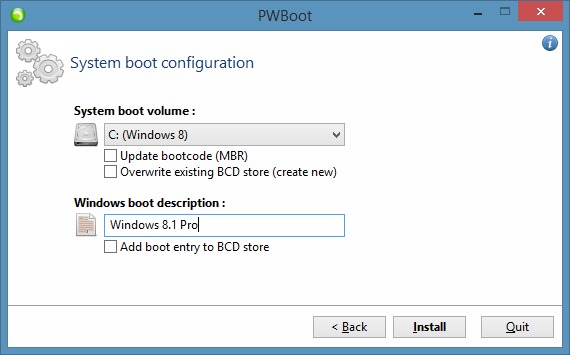

#U boot configuration driver
Setting up the keyboard driver. Three functions are used to initialize and register a new keyboard driver (see the function tegra_kbc_check() in tegra-kbc.c for an example of waiting for input and then checking for key presses): You may need to edit this file to reflect your keyboard. The device tree contains a keyboard node that has a linux, keymap property that defines the keycode at each position in the keyboard matrix.

#U boot configuration code
On ARM systems, the U-Boot and Linux code provides built-in support for converting key scans into key presses through the input layer ( input.c and key_matrix.c). This design is chosen to keep the EC as simple as possible. Each message contains the state of every key on the keyboard. On ARM systems, the cros_ec driver communicates with the EC and requests key scans. On these systems, you are responsible for implementing the keyboard driver that reports key presses to the AP. On x86 systems, the 8042 protocol is handled by a keyboard driver that communicates with the AP using an x86 I/O port. On ARM systems, the Chrome OS EC protocol is used to report key scans. On x86 systems, 8042 keyboard emulation is used over ACPI to report key presses. Implementing support in U-Boot for the keyboard driver is different for x86 and ARM systems. In Chrome OS, the keyboard is managed by the embedded controller (EC), which reports key presses to the AP using messages.

Where chip is the I2C chip address, in the range 0 to 127 addr is the memory address within the chip (the register) alen is the length of the address (1 for 7-bit addressing, 2 for 10-bit addressing) buffer is where to read the data len is how many bytes to read Command Line Interface Int i2c_read(uchar chip, uint addr, int alen, uchar *buffer, int len) For example, the syntax for i2c_read is as follows: Because multiple devices share the same bus, the functions require information about both the chip address and the memory address within the chip. The functions i2c_read() and i2c_write() are used to receive and send data from the I2C bus. Finally, call i2c_set_bus_num() to reset the bus to its original number.Perform processing on this bus (sending and receiving data).Call i2c_set_bus_num() to set the bus for your current transaction.Store this bus number so that you can restore this state when you are finished with your transaction.Call i2c_get_bus_num() to obtain the current bus.For example, here are the functions for the Asix adapter: The usb_ether.h file also defines a set of three functions that must be implemented for each supported adapter.
#U boot configuration mac
write_hwaddr() - writes the MAC address to the hardware from the ethaddr environment variable.įor USB Ethernet, the structure ueth_data in the file usb_ether.h describes the USB Ethernet driver.recv() - receives packets over the network.send() - sends packets over the network.

halt() - shuts down the Ethernet device.You need to implement the following functions for the Ethernet driver: The board file calls the probe() function, which probes for Ethernet hardware, sets up the eth_device structure, and then calls eth_register(). The structure eth_device in the file net.h describes the Ethernet driver. To enable the USB-to-Ethernet connection, use the U-Boot command usb start.Īnother useful feature for development is that when you want to use an NFS root from the network, U-Boot can provide suitable boot arguments to the kernel on the Linux command line. If the device has a built-in port, Ethernet is detected when the board starts up and is available for use. Another way to provide Ethernet to a system is to connect a USB-to-Ethernet adapter to the USB port. Many x86 devices have a built-in Ethernet port.


 0 kommentar(er)
0 kommentar(er)
